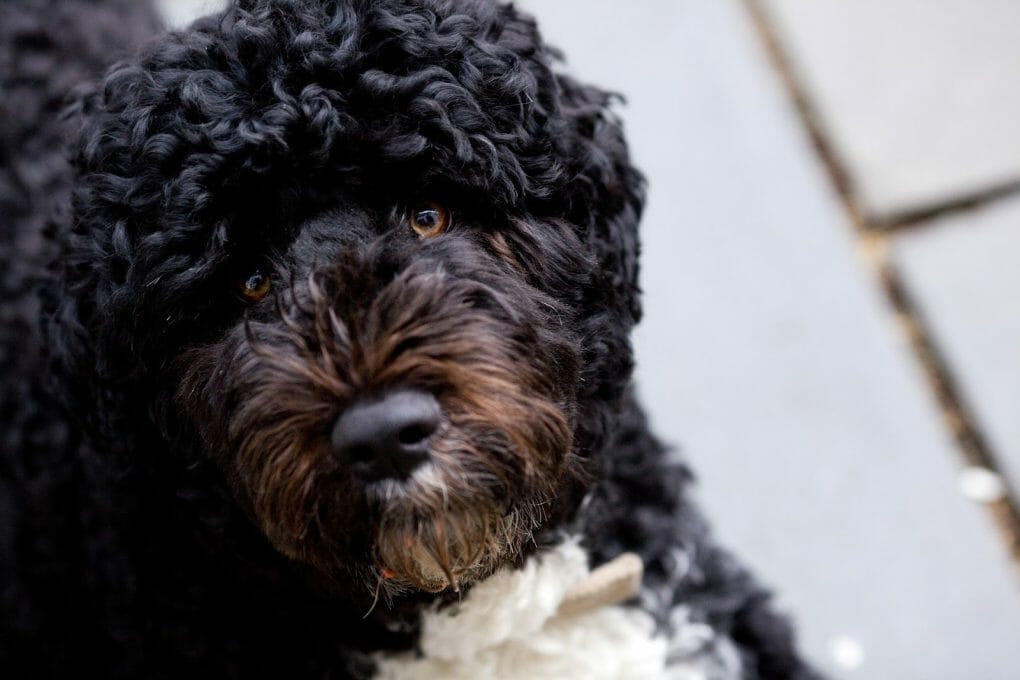

The breed’s temperament is extremely important, too. The breed’s swimming stroke is also different from other breeds – unlike other dogs, the Newfoundland moves its legs down-and-out, adding extra power to every stroke. These dogs are adept at their work thanks to their many adaptations, including a water-resistant coat, a huge lung capacity, muscular build, and massive webbed paws. Newfoundlands are large working dogs that excel at water rescue and pulling fishnets. These hunting dogs would go on to retire or join mink hunting packs. Because of this, Otterhounds soon lost their jobs, and otter hunting packs were no more. So, in a bid to protect otters from further decline, there was a ban on otter hunting. Around 1978, water pollution led to the decline of wild otters in England. This breed excels at hunting its quarry in water with its oily double coat, sensitive nose, long stride, and substantially webbed feet. As such, many Poodles live as companion dogs rather than working dogs. However, it now has a reputation for being a pet rather than a working dog. Overall, the Poodle is one of the best-adapted breeds for water work. The tufts of fur on the legs also provide better purchase in the water. As well as this, the breed’s distinctive lion coat clip offers insulation for the vitals while reducing drag in the hindquarters. All size varieties of this breed have webbed paws, but some individuals will have more webbing than others.

This breed is highly active and athletic, as well as extremely intelligent, allowing it to excel at its work. The Poodle is a water dog that specializes in retrieving waterfowl.

It is one of the most popular dog breeds today due to its sweet temperament and trainability. Despite all of these working traits, the Labrador also makes an excellent family pet. Their other adaptations include a water-resistant coat, a thick tail that acts as a rudder, and a powerful, muscular build to wade through water.

The webbed toes of the Labrador not only help to propel them in the water but serve as “snowshoes” in colder environments to prevent snow from balling up between their toes. Labradors have plenty of adaptations that allow them to excel in the water, such as webbed toes. The Labrador Retriever is a medium-large dog breed that specializes in fieldwork. Is your pup one of these unique breeds? 1. Dogs who need to swim or wade through water to work benefit from webbing, but breeds that need to dig or walk on snow also benefit from this unusual trait. This is especially the case for water breeds. 14 Breeds with Webbed Pawsįor some dog breeds, having webbing between the toes helps them to work more efficiently. Contrary to popular belief, webbed paws are normal for breeds who are bred to love swimming. In the past, breeders would select this trait to encourage it in the breed, giving us today’s examples as seen in Labrador Retrievers and other breeds. In some cases, though, a puppy may be born with the membranes still intact. Normally, a puppy would lose their foot webbing before birth, as the membranes between the toes would die naturally in a process known as apoptosis. For breeds that need to navigate difficult terrain, the webbing can increase the sturdiness and surface area of the foot, helping them to move normally. For breeds that work in water, webbing between the toes allows for better propulsion when swimming, allowing them to swim faster and with more power. A Guide to Dogs with Webbed Pawsįoot webbing is a distinctive trait in several dog breeds. Is your furry friend one of these special dogs? Read on to find out which dog breeds have more foot webbing than others. These include the Labrador Retriever, Poodle, Newfoundland, and the Siberian Husky. Webbed paws in dogs are a unique trait belonging to several hard-working breeds. Dogs with webbed feet are often excellent swimmers or work well in the snow, some breeds might already be coming to mind for you! Some breeds, however, have more prominently webbed feet to help them to work. These are webbed dog paws! Most dogs have some webbing between their toes. Whilst clipping your pup’s nails or washing their feet, you may notice a thin membrane between their toes.


 0 kommentar(er)
0 kommentar(er)
